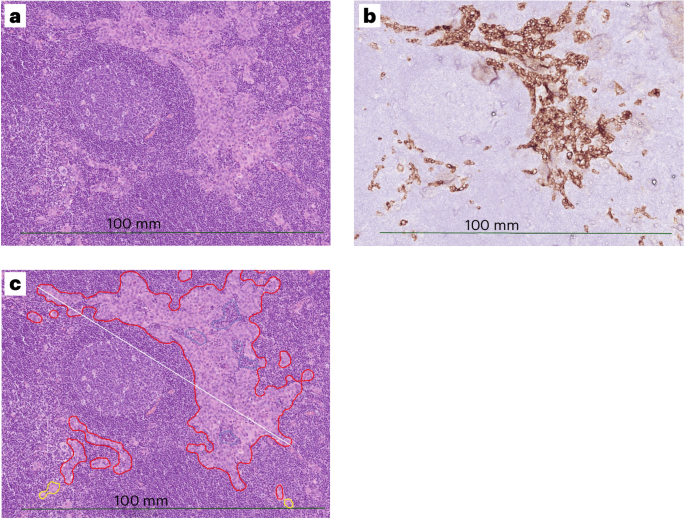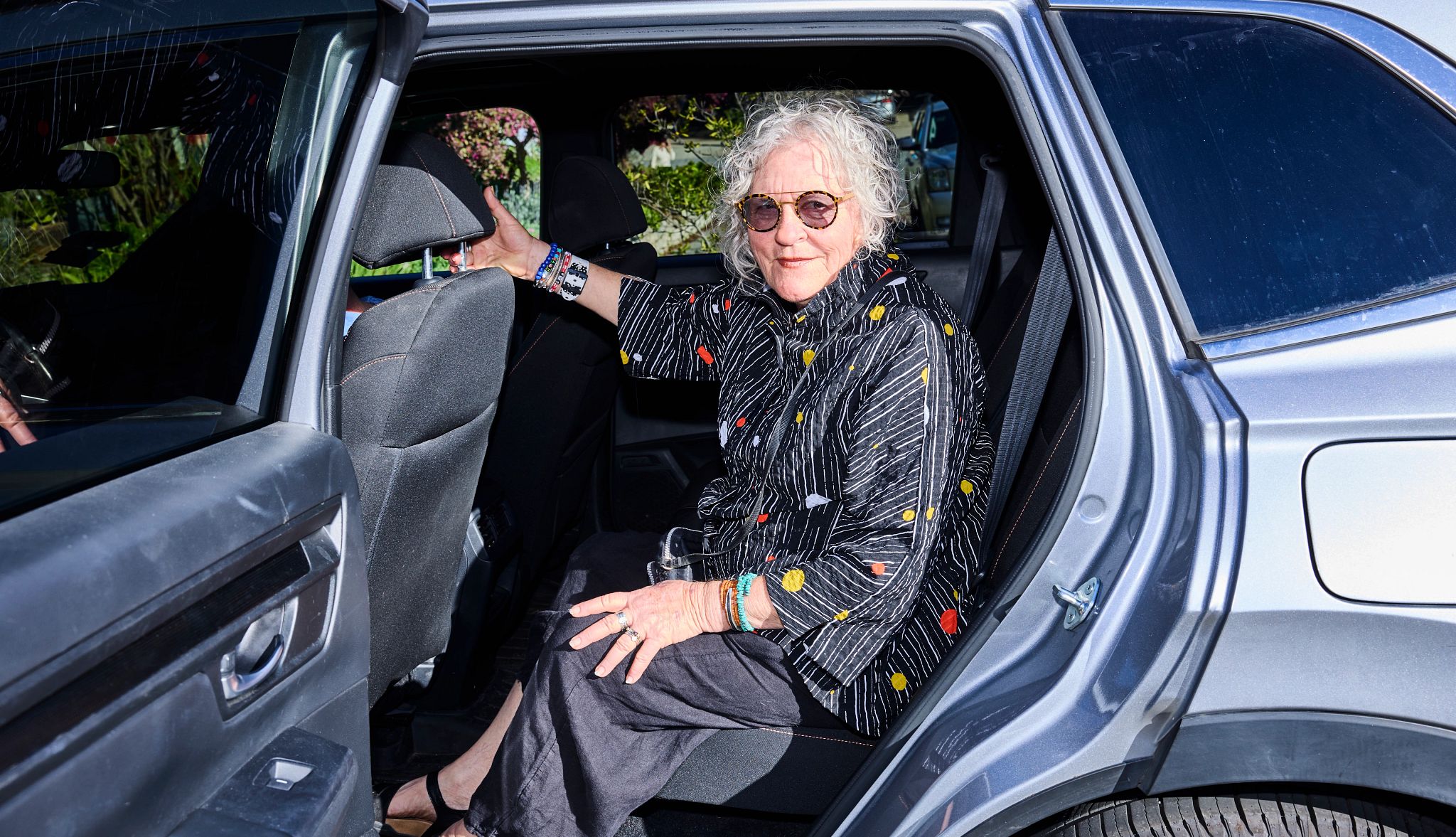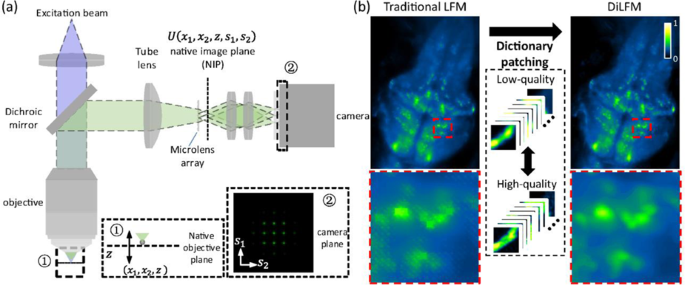
- Select a language for the TTS:
- UK English Female
- UK English Male
- US English Female
- US English Male
- Australian Female
- Australian Male
- Language selected: (auto detect) - EN
Play all audios:
Access through your institution Buy or subscribe Recombinant adeno-associated viral vectors (rAAV), which are non-pathogenic and can establish persistent transgene expression in various cell
types, are at the forefront of vector design efforts yet present a number of therapeutic challenges. Problems associated with rAAV delivery stem from the properties of the outer shell of
the virus, the capsid, which is a major focus of engineering strategies. In past studies function-enhancing peptide sequences were inserted into specific sites in the capsid gene, providing
improved cell-specific targeting. However, modifying more complex vector activities by this approach would require a greater understanding of the relationship between capsid structure and
specific properties. This new study bypasses this issue by exploiting an approach that has been successful in protein engineering: directed evolution. The authors generated more than 106
AAV2 variants with random mutations throughout the capsid gene. The resulting library was screened for variants with desirable functional properties followed by further rounds of mutagenesis
and screening to enrich the selection. Proof of principle was demonstrated by applying the technique to two clinically relevant problems. One issue is that binding to heparin sulphate can
limit rAAV2 dispersal. Affinity chromatography was used to identify variants with low heparin-binding affinity, additionally confirming the library's high functional diversity. Another
major therapeutic limitation is that patients previously exposed to wild-type AAV2 carry antibodies that bind to and inactivate the vector before it can reach its target. Several variants
were identified that could avoid antibody neutralization _in vitro_. These mutants were used to produce a vector with better delivery efficacy and less antibody neutralization than wild-type
vector _in vivo_. This is a preview of subscription content, access via your institution ACCESS OPTIONS Access through your institution Subscribe to this journal Receive 12 print issues and
online access $209.00 per year only $17.42 per issue Learn more Buy this article * Purchase on SpringerLink * Instant access to full article PDF Buy now Prices may be subject to local taxes
which are calculated during checkout ADDITIONAL ACCESS OPTIONS: * Log in * Learn about institutional subscriptions * Read our FAQs * Contact customer support REFERENCES ORIGINAL RESEARCH
PAPER * Maheshri, N. et al. Directed evolution of adeno-associated virus yields enhanced gene delivery vectors. _Nature Biotechnol._ 10.1038/nbt1182 (2006) FURTHER READING * Neylon, C.
Chemical and biochemical strategies for the randomization of protein encoding DNA sequences: library construction methods for directed evolution. _Nucleic Acids Res._ 32, 1448–1459 (2004).
Article CAS Google Scholar Download references Authors * Katherine Whalley View author publications You can also search for this author inPubMed Google Scholar RIGHTS AND PERMISSIONS
Reprints and permissions ABOUT THIS ARTICLE CITE THIS ARTICLE Whalley, K. Directed evolution of designer vectors. _Nat Rev Drug Discov_ 5, 188 (2006). https://doi.org/10.1038/nrd1999
Download citation * Issue Date: 01 March 2006 * DOI: https://doi.org/10.1038/nrd1999 SHARE THIS ARTICLE Anyone you share the following link with will be able to read this content: Get
shareable link Sorry, a shareable link is not currently available for this article. Copy to clipboard Provided by the Springer Nature SharedIt content-sharing initiative








